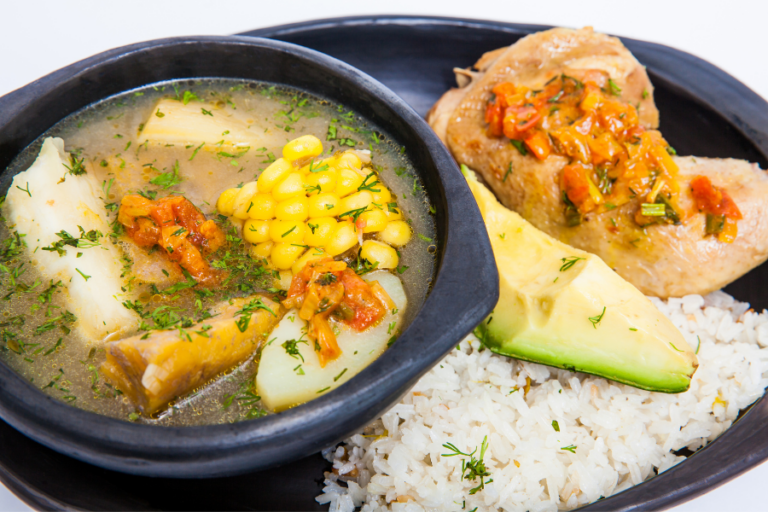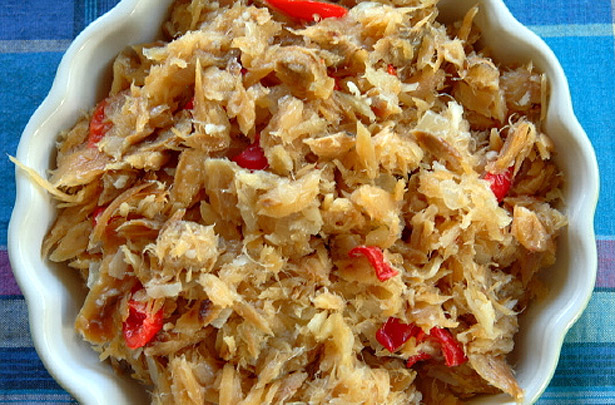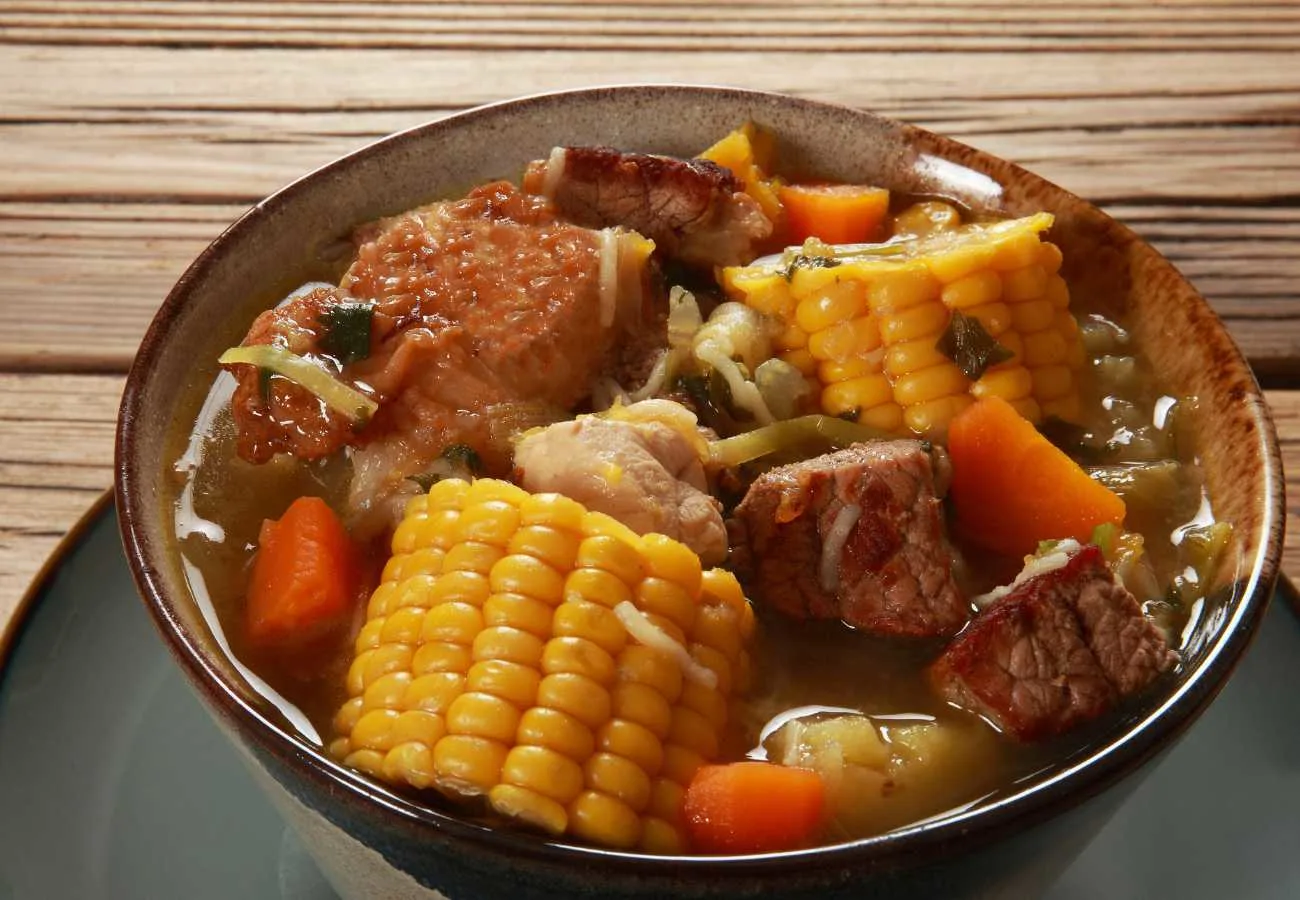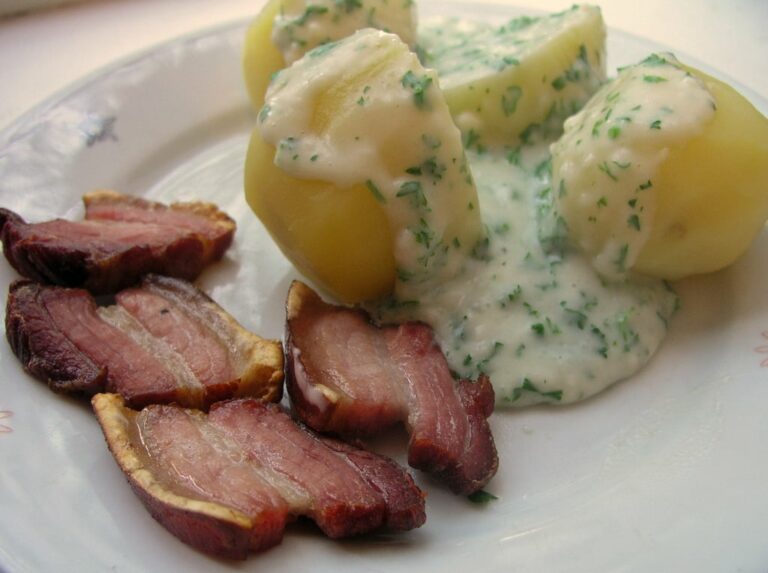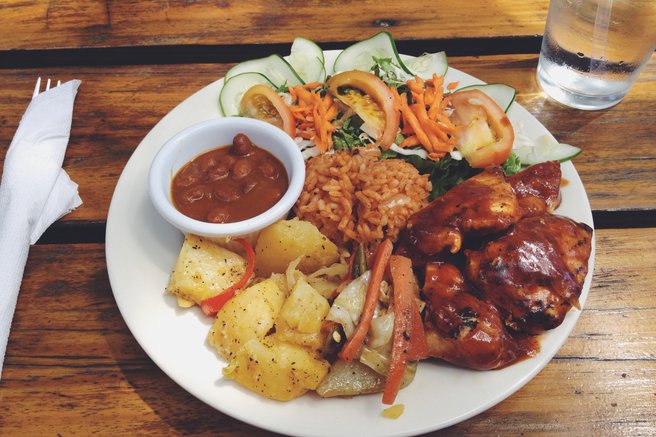Introduction
Food is an essential part of any culture, reflecting the traditions, lifestyles, and social values of its people. Dominican cuisine is a perfect example of this – it involves a blend of Spanish, African, and indigenous influences resulting in a unique culinary identity. Dominican dishes are characterized by their bold flavors, colorful presentation, and a focus on fresh, locally sourced ingredients. In this article, we will explore the cultural significance of food in Dominican cuisine.
History of Dominican cuisine
Dominican cuisine has a rich history dating back to the pre-colonial era when the Taíno people inhabited the island of Hispaniola. The Taínos cultivated crops such as maize, cassava, and sweet potatoes, which are still widely used in Dominican cuisine today. With the arrival of the Spanish in the 16th century, new ingredients such as beef, pork, and rice were introduced and eventually became staples in Dominican cuisine. African slaves brought to the island also brought their own culinary traditions, including the use of spices and cooking techniques such as stews and soups.
Ingredients and flavors
Dominican cuisine relies heavily on fresh and locally sourced ingredients such as plantains, yucca, beans, rice, seafood, and meat. Many dishes use a combination of spices such as garlic, oregano, and cilantro, as well as tropical fruits like pineapple and mango. Some popular Dominican dishes include sancocho, a hearty stew made with meat, root vegetables, and plantains, and mofongo, a mashed plantain dish typically served with meat or seafood.
Mealtime traditions and etiquette
Mealtime in the Dominican Republic is a significant part of the social fabric, with food often bringing families and communities together. Traditionally, meals are eaten in a family-style setting, with everyone sharing dishes from a central platter. It is considered impolite to begin eating before everyone has been served, and it is customary to wait for the oldest person or head of the household to start eating first.
Religious and ceremonial dishes
Religious and ceremonial dishes play an essential role in Dominican cuisine. For example, during Christmas, a dish called lechón asado, roasted pork, is a common sight on dinner tables. This dish represents the tradition of slaughtering a pig for the celebration. Other dishes such as habichuelas con dulce, a sweet bean dish, and tembleque, a coconut pudding, are traditionally served during the Easter holiday.
Influence of African and indigenous cultures
The African and indigenous influences on Dominican cuisine can be seen in the use of spices and cooking techniques. Many dishes use the sofrito, a seasoning base made with garlic, onions, and peppers, which is common in African and Caribbean cuisine. The use of cassava, a staple of the Taíno diet, is another example of the indigenous influence on Dominican cuisine.
Impact of globalization on Dominican food
The impact of globalization can be seen in the increase in fast-food chains and imported goods in the Dominican Republic. However, there is also a growing movement to preserve and promote traditional Dominican cuisine. Many chefs and food bloggers are showcasing local ingredients and traditional dishes, bringing attention to the unique culinary identity of the Dominican Republic.
Conclusion: Importance of preserving cultural cuisine
Food is a vital part of any culture, and preserving traditional dishes is crucial to maintaining cultural identity. Dominican cuisine, with its blend of Spanish, African, and indigenous influences, is an essential aspect of the country’s heritage. By promoting and preserving traditional dishes, the Dominican Republic can continue to celebrate its cultural diversity and share its unique culinary identity with the world.

